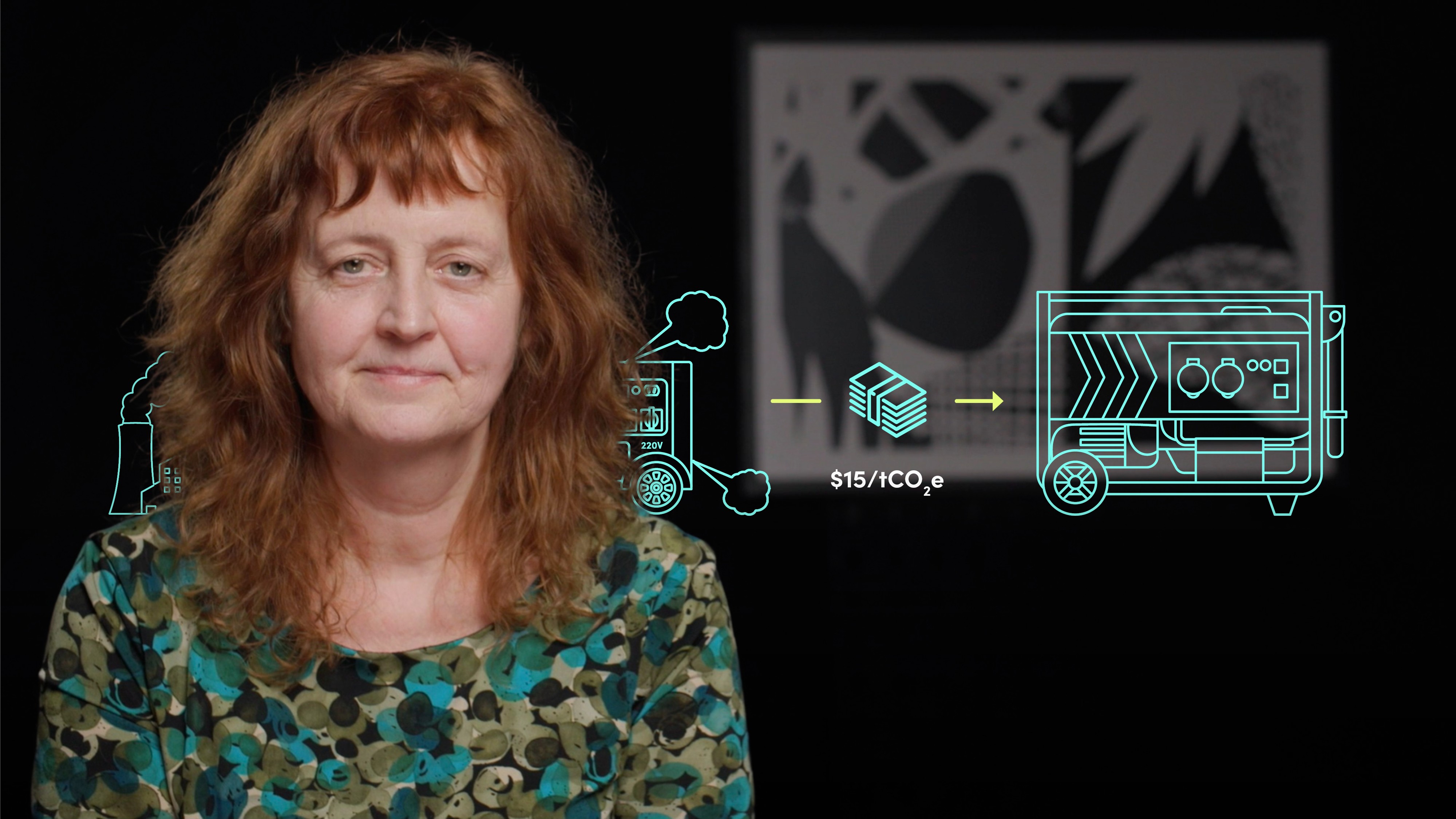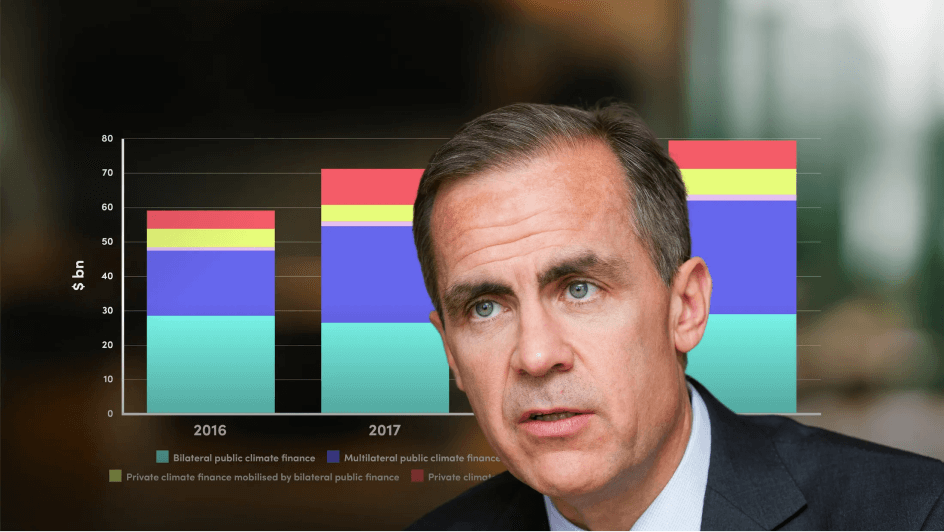
Emissions Trading Schemes in Practice

Nicola Steen
30 years: Emissions Trading Schemes
The implementation of an emissions trading scheme involves a lot more considerations than in theory. In this video Nicola Steen explains how trading schemes have been implemented in the real world.
The implementation of an emissions trading scheme involves a lot more considerations than in theory. In this video Nicola Steen explains how trading schemes have been implemented in the real world.
Subscribe to watch
Access this and all of the content on our platform by signing up for a 7-day free trial.

Emissions Trading Schemes in Practice
7 mins 41 secs
Key learning objectives:
Understand the involvement of the UNFCCC in helping launch emissions trading schemes globally
Understand the landscape of regional project rules
Comprehend the illustration of emission trading schemes
Understand how to calculate emission reductions from projects
Overview:
The birth of global emissions trading schemes happened as a result of the The United Nations Framework Convention on Climate Change (UNFCCC). The UNFCCC brought together global Governments and conducted discussions. The result of these discussions had huge implications for the future of emissions trading schemes especially around regulatory aspects in different nations.
Subscribe to watch
Access this and all of the content on our platform by signing up for a 7-day free trial.
What role did the UNFCCC negotiations play in launching global schemes?
The United Nations Framework Convention on Climate Change (UNFCCC) brought together nations and started discussions, at various points including the Earth Summit in Rio in 1992 and the Kyoto Protocol in 1997. The less industrialised countries (Non Annex I) believe that developed countries (Annex I) at the time had caused the issues so should be the ones solving them. Hence Non Annex I countries would not cap their emissions under these earlier UNFCCC negotiations. This also provided an opportunity to reduce emissions in Non Annex I countries without caps, potentially at lower costs. This is where the concept of projects was developed. After UNFCCC negotiations, it was agreed that Non Annex I countries would be able to undertake greenhouse gas emission reducing projects.
How to calculate emission reductions from a project?
Project developer forecasts the emissions footprint without a particular project taking place then calculates, projects forward, the emissions under a project. The difference between the status quo and the emissions from realising the new project creates the emission reductions. The emissions are monitored or measured and verified to show that the project is actually reducing emissions and then the emission reductions can be monetised.
What were the regulatory changes made around projects?
Initially, the UN’s Clean Development Mechanism, for example, was restricted to non-Annex I countries. Projects now take place in any jurisdiction. Emitters can now try to meet caps at lowest cost and also optimise spending in areas where they can have the biggest impact.
Credits from projects are often allowed to be counted towards an organisation’s capped limit and can also be handed in to the regulatory body at the end of the year.
How to illustrate the benefits of emissions trading schemes
Consider a factory, Factory A which exceeds emissions above its allocated quota by 1,000tCO2e. Let’s assume three ways in which they can follow the rules mandated:
- Reduce emissions with new machinery costing it $15/tCO2e
- Buy allowances from factory B (which has extra allowances as it has emitted lesser than their quota) - and this costs $12/tCO2e)
- Working with a factory in a developing country, it can buy credits for $10/tCO2e
Here factory A can spend $10,000 and buy from a project crediting credits, effectively cancelling out the 1,000tCO2e emitted above its quota in the most cost-efficient manner. This example illustrates the need and usefulness of an emission trading scheme.
Subscribe to watch
Access this and all of the content on our platform by signing up for a 7-day free trial.

Nicola Steen
There are no available Videos from "Nicola Steen"





























